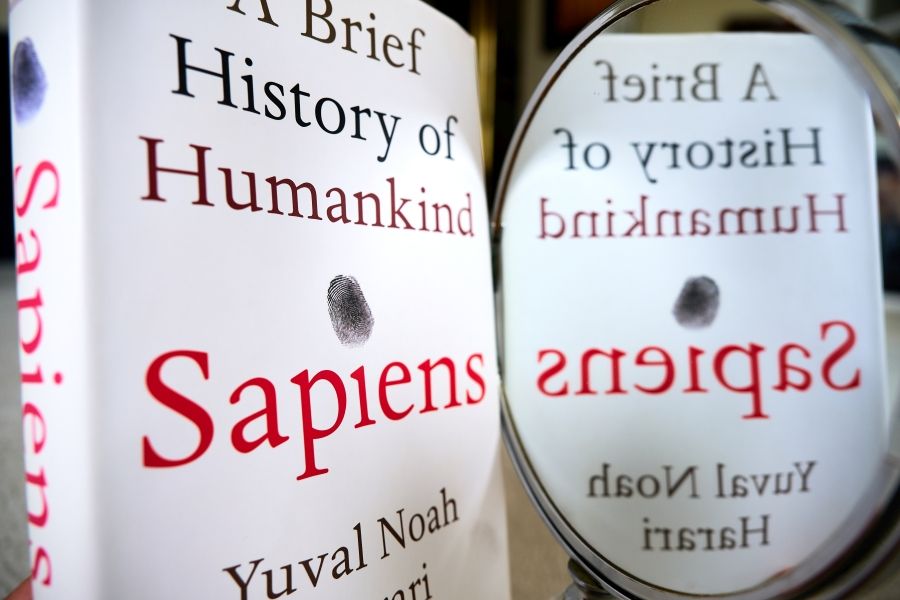A 17-year-old was using an e-cigarette when it suddenly blew up in his face. The force of the blow was so powerful that it broke his jaw bone. The explosion could be linked to lithium batteries overheating inside the vape device. June 22, 2019.




Sonoluminescence is one of those strange phenomenon that many would never encounter outside an academic environment. For those who have never heard of it, Sonoluminescence is when tiny bubbles suspended in a liquid emit light while being vibrated at certain frequencies. We were pleased to see that some plans are out there on how to build your own device to produce it.
[via io9].

“Mirror, mirror on the wall, who’s the smartest species of them all?”
“You, oh Homo Sapiens, are smart, it is true. But AI will be smarter even than you.”
***
The most popular myth about technology is perhaps the myth that technology is a crystal ball. A crystal ball because it allegedly allows us to see the future. And to evaluate if that is indeed true, or not, we have to understand the etymology of the word technology – what it means and stands for, or at least what it used to mean and stand for.



What do you think?
📕
